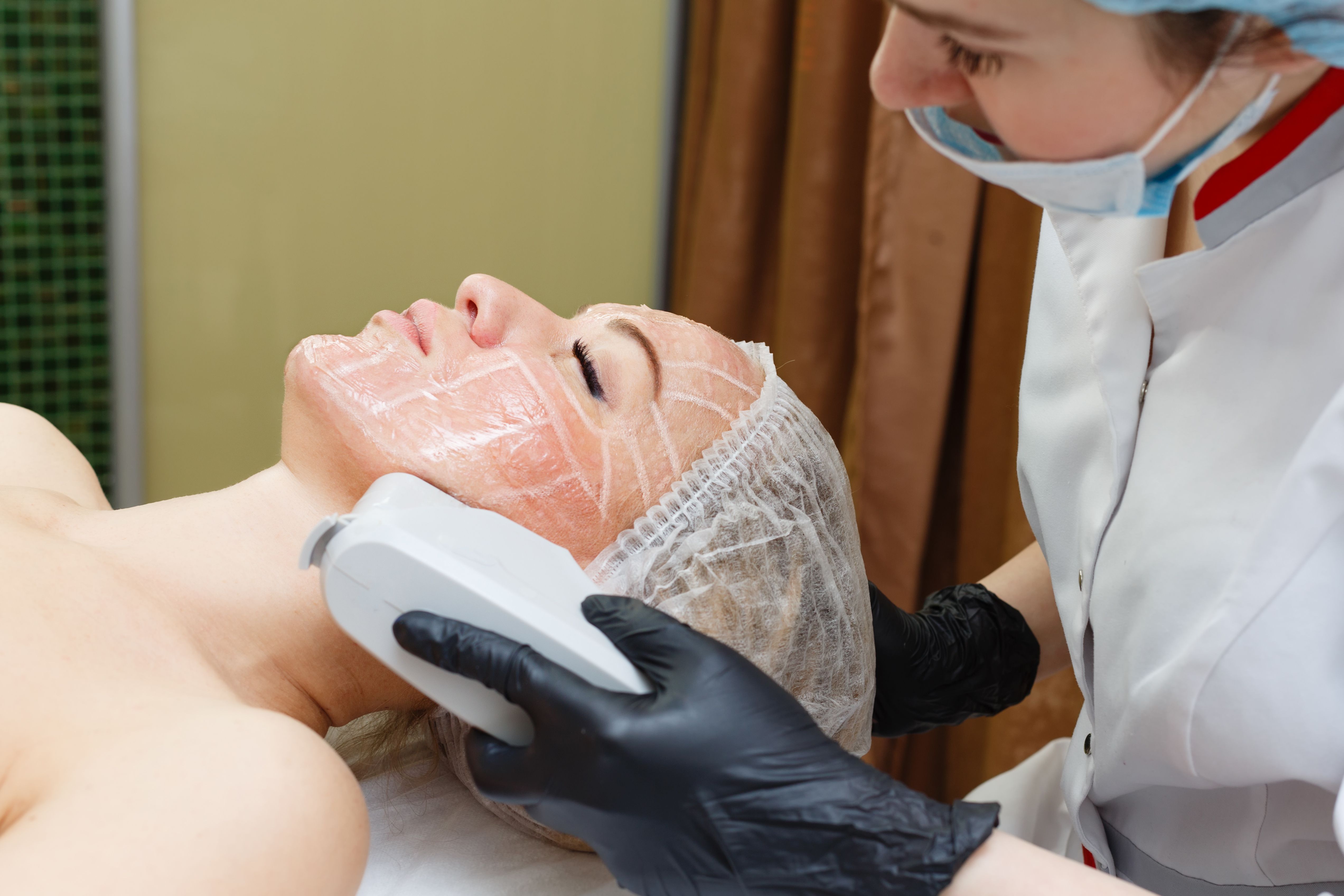- Acne
- Actinic Keratosis
- Aesthetics
- Alopecia
- Atopic Dermatitis
- Buy-and-Bill
- COVID-19
- Case-Based Roundtable
- Chronic Hand Eczema
- Drug Watch
- Eczema
- General Dermatology
- Hidradenitis Suppurativa
- Melasma
- NP and PA
- Pediatric Dermatology
- Pigmentary Disorders
- Practice Management
- Precision Medicine and Biologics
- Prurigo Nodularis
- Psoriasis
- Psoriatic Arthritis
- Rare Disease
- Rosacea
- Skin Cancer
- Vitiligo
- Wound Care
Article
Skin physiology post Ultherapy
Author(s):
Researchers report on the first biophysical skin assessment of microfocused ultrasound with visualization treatment.
Researchers report on the first biophysical skin assessment of microfocused ultrasound with visualization treatment. (Vagengeym - stock.adobe.com)

Dr. Fabi

Dr. Davis

Researchers studying skin physiology after a single treatment of microfocused ultrasound with visualization (Ultherapy, Merz) on the lower face found treatment did not change epidermal barrier function or skin physiology. Ultherapy did, however, significantly increase skin elasticity at 12 and 24 weeks post-treatment, which reflects an improvement in dermal tissue functioning, according to the study published January 14, 2019 in the open-access journal Clinical, Cosmetic and Investigative Dermatology.
Researchers at the University of Hamburg, Germany, with ties to Merz and Merz employees, conducted the study on 22 Caucasian women, average age 52 years, with moderate to severe skin sagging at the jawline and submental area. Their study is the first biophysical skin assessment of microfocused ultrasound with visualization treatment, according to the study authors who measured net and gross skin elasticity by skin firmness and involution.
“At week 4 … gross and net elasticity values were significantly decreased (P=0.003 and P=0.0001, respectively), followed by significantly increased values at week 12 (P=0.015, P=0.046) and week 24 (P=0.001, P=0.049),” they write.
The data suggest Ultherapy is a suitable treatment for not only patients with slight loss of skin elasticity and facial skin contour, but also for those with moderate to severe loss of facial skin elasticity, according to study authors.
Sabrina Fabi, M.D., a dermatologist in San Diego who isn’t a study author but is a consultant, speaker, trainer and investigator for Merz, says the study helps confirm the clinical benefits that she and other providers see from Ultherapy treatment.
“This evaluates the basic science as to why we’re seeing what we’re seeing,” Dr. Fabi says. “We recognize that it’s not just collagen that we’re trying to improve because that contributes to the thickness of the skin, but also elastin fibers that contribute to the elasticity of the skin are extremely important. They get fragmented with age and sun exposure. Elastin is responsible for allowing that skin to recoil back onto underlying muscle and bone. [Kerscher et al. were] able to show how treatment with Ultherapy is actually changing the biology of our skin.”
Steven L. Davis, D.O., of Davis Cosmetic Plastic Surgery in Cherry Hill, N.J., who wasn’t an author on the study and has no ties to the company, says the study alone isn’t enough to change his belief that the cost and discomfort with Ultherapy may not be worth the subtle result.
However, “Seeing an increase in skin elasticity [in this study] is good. It’s… showing that [we’re] …almost reversing the aging process or starting to see a more youthful quality being established in the tissues,” Dr. Davis says.
Newsletter
Like what you’re reading? Subscribe to Dermatology Times for weekly updates on therapies, innovations, and real-world practice tips.















